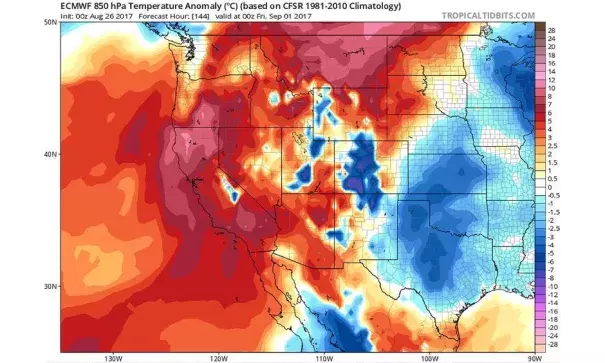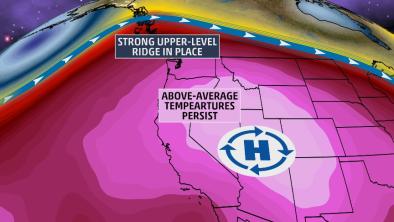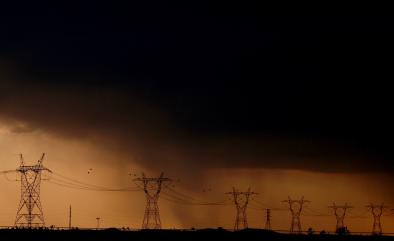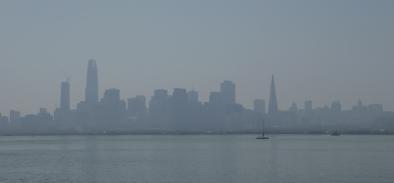How Extreme Heat Caught San Francisco by Surprise Over Labor Day

“We knew the air mass was going to be really warm above us, and we knew the hot temperatures were going to be everywhere,” said Roger Gass, a meteorologist at the National Weather Service Bay Area office in Monterey. “I guess the surprise was that the marine influence would really shut down.”
...
Downtown San Francisco hit 106 by Friday afternoon. That’s the hottest it’s ever been at that station in 143 years of temperature records. Three people died and 50 people were hospitalized for heat-related illness in the city. The number of 911 calls overwhelmed ambulances and forced San Francisco to request mutual aid from neighboring counties. There were 1,342 emergency calls on Friday, San Francisco Department of Public Health Director of Communications Rachael Kagan said, more than double the number on the previous Friday.
...
“There’s been a flurry of recent weather events and weather extremes in California and elsewhere that from a large-scale perspective have been a predictive success,” said Daniel Swain, a climate scientist at UCLA who writes about California weather at WeatherWest.com. “But on the ground the perception is it was a miss. If you’re in exactly location X the forecast was different than you expected a day or two before. Despite the fact that by any objective metric we saw it coming from a mile away.”
...
Heat waves are worth getting used to, even in San Francisco. One of the signatures of climate change, Swain said, is that in general our weather patterns remain mostly the same but with either greater magnitude or greater endurance. Right now we see a September heat wave push San Francisco to 106 instead of 96, or we see triple digit temperatures last two days instead of one. Events like that aren’t going to be common in the future, either. But maybe 30 years from now we’ll see a three-day Labor Day weekend heat wave in which downtown San Francisco hits 110, or 115. Maybe we’ll see Bakersfield, where it already sometimes reaches 115, reach 120. “Those are numbers,” Swain said, “that are hard to handle.”
Related Content






